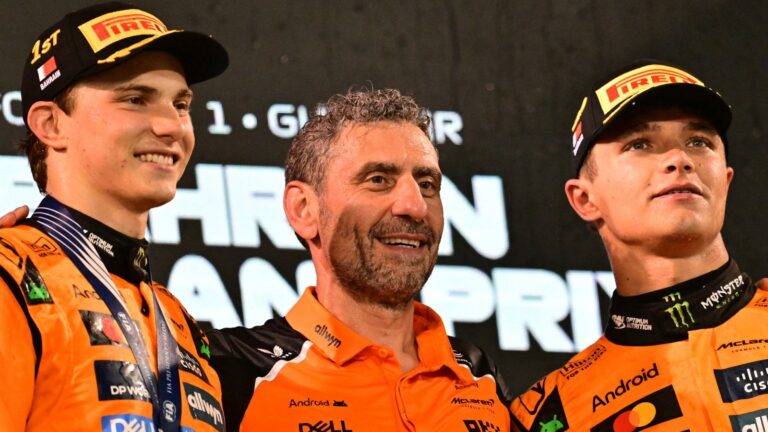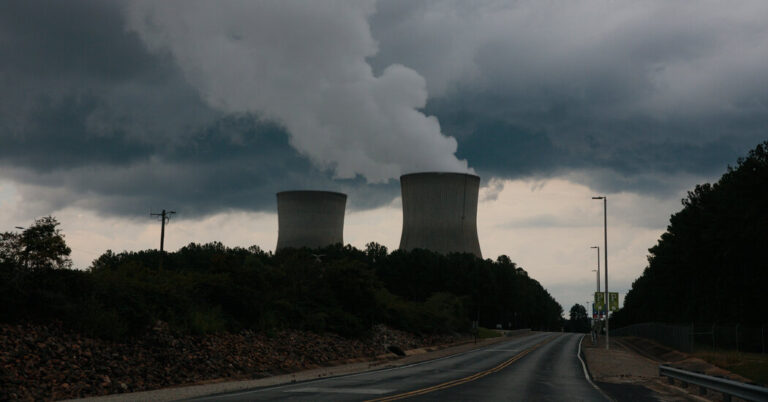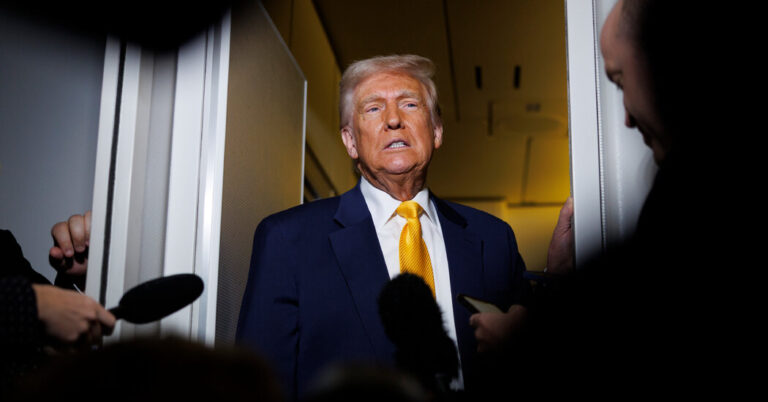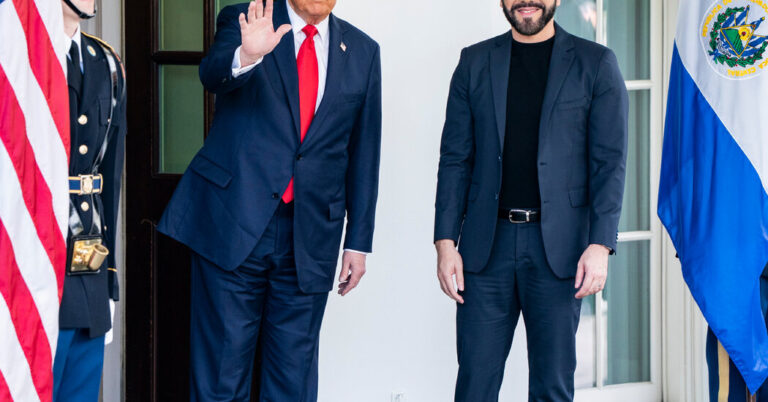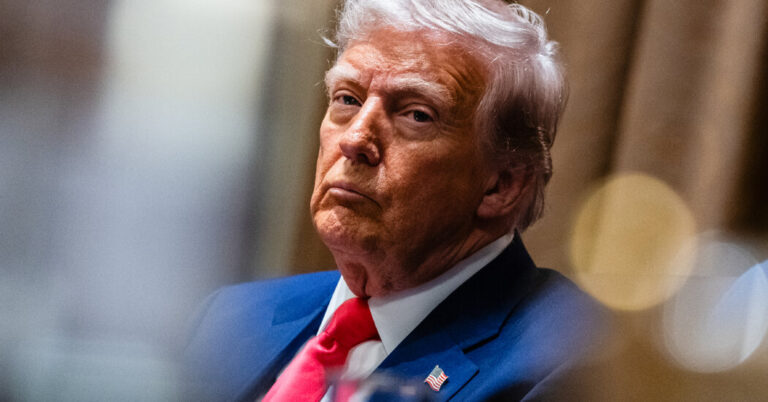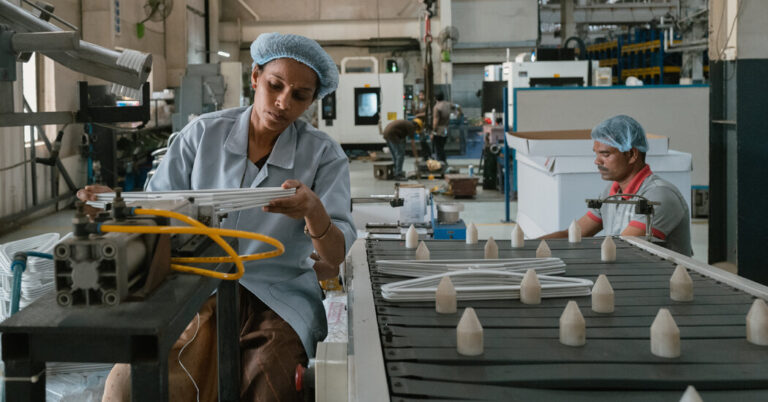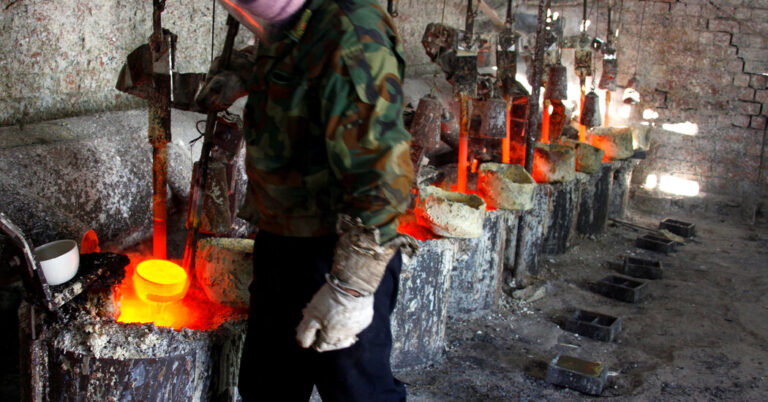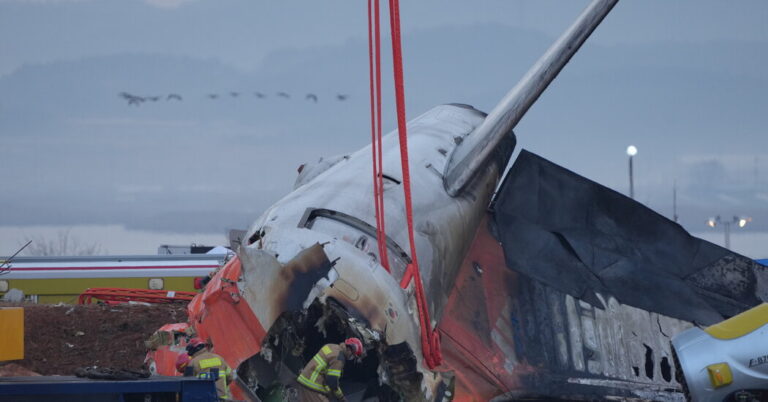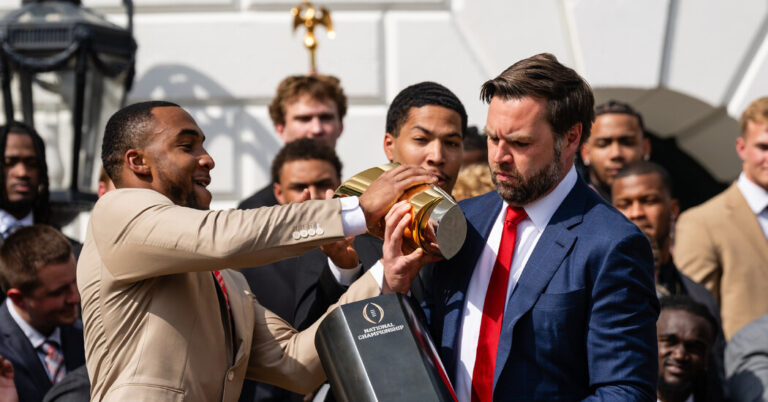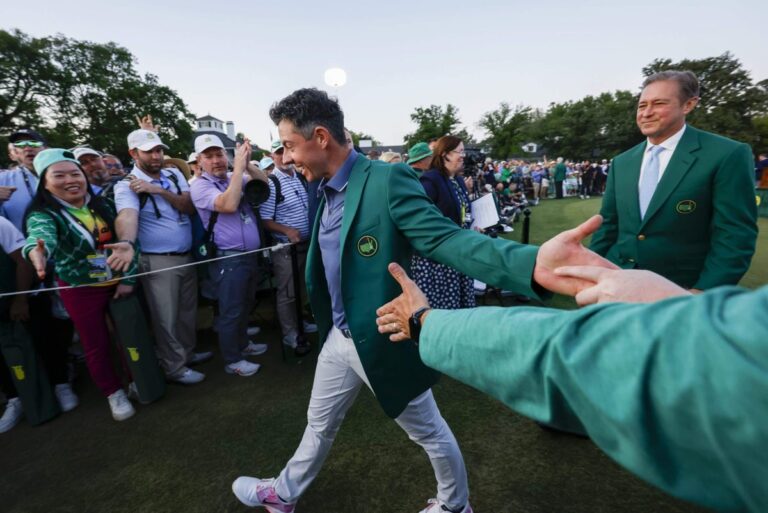Ahead of the 2025 Formula 1 season, much was made of British bookmakers having installed Lando Norris as the title favourite over four-time reigning world champion Max Verstappen.
While Norris discussed his newfound status in pre-season interviews, his McLaren team-mate Oscar Piastri quietly insisted he was gearing up for a title challenge of his own, ignoring the fact the bookies had him as a relative outsider, behind Ferrari’s Charles Leclerc and Lewis Hamilton.
But now, with just four of the season’s 24 rounds complete, and despite Piastri trailing Norris by three points at the top of the drivers’ standings, the Australian has usurped his team-mate as favourite.
While it’s far from certain that a two-horse title race between the McLarens will play out, with Red Bull’s Verstappen and Mercedes’ George Russell both very much within striking distance, the rapid flip in perception of the top two is undoubtedly fascinating.
Ahead of this weekend’s Saudi Arabian Grand Prix, Sky Sports analyse how Norris has so quickly gone from being perceived as McLaren’s main hope, to an underdog within his own team.
Can Norris handle the pressure?
There has never been much doubt over whether Norris has the speed to become a world champion. While he – along with the rest of the grid – might not be on the same level as Verstappen, the Brit proved last year as he attempted to chase down the Dutchman that he can dominate races when he has the fastest car.
However, the fact that he also failed to win several 2024 races where he appeared to have a marginal pace advantage, left questions over his tendency to get in his own way. Giving up the lead at the start of races was a recurring issue, while Norris also publicly expressed self-doubt and admitted inferiority to Verstappen on several occasions.
The hope was that a first experience of consistently fighting at the front would prepare Norris for his big chance in 2025, and the early signs were superb as he took pole at the season-opener in Australia and then overcame extremely challenging conditions to win the race.
Interesting comments came from Russell after that victory, as he suggested McLaren had a bigger advantage than Red Bull did during their historically dominant 2023 campaign. Russell added that he had more hope of competing for wins because unlike Red Bull, McLaren don’t have Verstappen.
It was also noticeable that Russell was repeatedly making comments to Norris about his status as favourite as they crossed paths during press conferences and around the paddock, with the McLaren driver starting to appear irritated by his long-time competitor’s jibes.
Norris faltered in China, claiming just a point in the Sprint before having to settle for second behind Piastri in the race. He bettered his team-mate at the next round in Japan, but was this time second behind Verstappen as the Red Bull driver caused an upset by beating the McLarens.
Verstappen said afterwards that if he had been in a McLaren, he would have secured a comfortable victory at Suzuka, then doubled down on his comments ahead of the race in Bahrain. Norris felt the need to answer to Verstappen’s claims, before turning in another poor performance as he qualified sixth before scrapping his way to third in the race.
After qualifying, Norris said he felt “clueless” and “like I have never driven a Formula 1 car before”. Only Norris knows how much impact his rivals’ comments are having, but there is little doubt that they are repeatedly attempting to ramp up the pressure on him.
What Norris says the problem is
Despite accepting that it is the fastest car on the grid, Norris has been hinting at imperfections and dissatisfaction with the performance of his McLaren since the opening weekend of the season.
He went a step further after being totally outclassed by Piastri in Bahrain as he revealed that he is “not clicking” with the car and therefore producing “nowhere near the capability that I have”.
Norris said: “I’m not able to do any of the laps like I was doing last season. I knew every single corner, everything that was going to happen with the car, how it was going to happen. I felt on top of the car.
“This year I could not have felt more opposite so far. Even in Australia, whether or not I won the race, I never felt confident.
“The car was just mega and that’s helping me get out of a lot of problems at the minute. I’m just nowhere near the capability that I have, which hurts to say.
“I’m confident – like I know I’ve got what it takes… when you’re not confident in the car, to know what the limit is, what to do in the slow speed, high speed, any corner – yeah, I’m never going to be as quick as I need to be.”
It’s clear Norris sees his early-season inconsistency as a result of his relationship with the MCL39, but his choice to be so open about his struggles is certainly unorthodox.
Sky Sports F1’s Martin Brundle said in Bahrain: “You have to remember that when we all get disappointed in things that happen in our lives, we haven’t got a camera and millions of people watching us right at that moment. But how Lando manages it down, he sort of beats himself up when his disappointment juices are flowing, and that’s how he works it. We’re all different.
“I think he tries to manage down the pressure like that as well, so that maybe he doesn’t get as much stick, because he’s saying he’s rubbish. But to use words like clueless, he’s leading the world championship for goodness’ sake, so he’s clearly not clueless. He’s one of the best in the world right now.
“The problem with that strategy is it feeds your rivals. Piastri and Leclerc and Verstappen must look at that and think, ‘wow, there’s a soft underbelly there somewhere that we can get into.'”
Piastri progress exceeding expectations
Perhaps the biggest problem of all for Norris is the progress of Piastri, who appears to have taken another significant step forward in the early stages of his third F1 season.
Norris dominated Piastri in qualifying last season with a 21-3 head-to-head, but this time around it’s 2-2 after four races, and the Australian came out on top in China Sprint qualifying. Norris also appeared to have a race-pace advantage over his team-mate in 2024, but there has been no sign of that this time around.
Piastri has actually applied more pressure to Norris when behind him in Australia and Japan than the Brit was able to when following in China. He won comfortably in Shanghai and in even more dominant fashion in Bahrain on Sunday as he became the first driver to claim two wins this season.
The only blip so far from Piastri was the spin in the Melbourne rain that cost him what looked like being at least second place at his home race, but his impressive response to what became a ninth-placed finish has already erased most of the deficit it created.
McLaren team principal Andrea Stella made a notable admission after the race in Bahrain as he appeared to suggest their 2025 car was more favourable to Piastri’s driving style than Norris’.
Stella said: “We know that we have made some changes to the car, which made Lando’s life a bit more difficult. We know technically what this is; Lando is adapting to this, potentially this might have played a bit more on Oscar’s hand and we are working together to fix it.”
Despite that admission, McLaren have produced a car this year that – at least at this point of the season – is clearly quicker than the rest of the field. If Piastri can keep claiming dominant victories like the one he delivered in Bahrain, Stella surely won’t be looking to change the MCL39 too much.
Irrespective of car characteristics, Piastri appears to have made improvements with both his one-lap speed and tyre management during races, which were the two key areas that needed upping.
‘Piastri not phased or bothered by anything’
While some doubted Piastri’s speed, the Australian has shown a remarkable level of composure since making his debut in 2023.
There is a huge contrast between the way in which the McLaren drivers go about their business, with Piastri giving little away to the media regardless of his performance.
While Norris’ approach is undoubtedly more entertaining, and useful for journalists, it would appear that Piastri is able to get through a race weekend with far less stress than his team-mate.
Ahead of Sunday’s race in Bahrain, Martin Brundle said: “Piastri’s got the speed, he’s got the talent, and of course he’s getting more and more experienced, more and more comfortable with the McLaren team.
“I’ve spent a bit of time with him this week here and there, and he’s as horizontal in life as he is on the racetrack, and that calmness of mind will pay dividends on days like today on pole.
“I don’t think he gets phased or bothered by anything, and that mental strength is going to really come through this season.”
As Brundle’s words suggest, there is unlikely to be any change in Piastri’s approach or behaviour as a consequence of his newfound status.
While Norris insists his issue is with the car, it will be fascinating to see whether becoming the underdog – albeit a marginal one – will free him up to rediscover his best form in Saudi Arabia this weekend.
Saudi Arabian GP dates, UK start time and Sky Sports F1’s live schedule – practice, qualifying and race
Thursday April 17
- 4pm: Drivers’ Press Conference
Friday April 18
- 10.50am: F2 Practice
- 12pm: F1 Academy Practice
- 2pm: Saudi Arabian GP Practice One (session starts at 2.30pm)
- 3.55pm: F2 Qualifying
- 4.40pm: Team Bosses’ Press Conference
- 5.45pm: Saudi Arabian GP Practice Two (session starts at 6pm)
- 7.25pm: F1 Academy Qualifying
- 8.10pm: The F1 Show
Saturday April 19
- 1.15pm: F1 Academy Race 1
- 2.05pm: Saudi Arabian GP Practice Three (session starts at 2.30pm)*
- 4.10pm: F2 Sprint
- 5.10pm: Saudi Arabian GP Qualifying build-up
- 6pm: SAUDI ARABIAN GP QUALIFYING
Sunday April 20
- 1pm: F1 Academy Race 2
- 2.20pm: F2 Feature Race
- 4.30pm: Saudi Arabian GP build-up: Grand Prix Sunday
- 6pm: THE SAUDI ARABIAN GRAND PRIX*
- 8pm: Saudi Arabian GP reaction: Chequered flag
*Also live on Sky Sports Main Event
Formula 1 completes its first triple-header of 2025 in Jeddah with the Saudi Arabian Grand Prix this weekend, live on Sky Sports F1. Stream Sky Sports with NOW – no contract, cancel anytime


